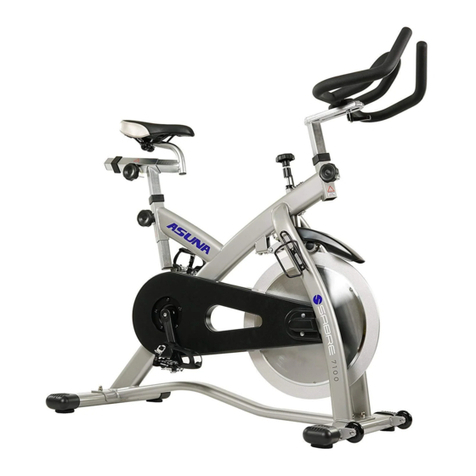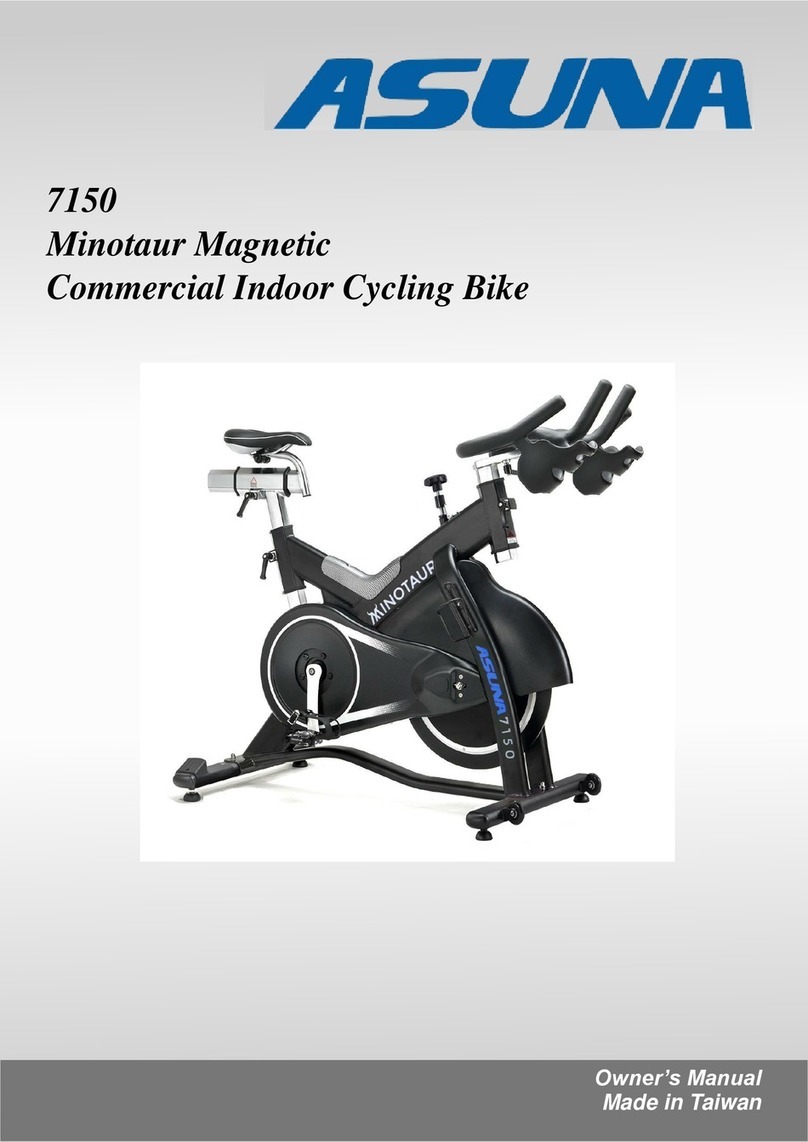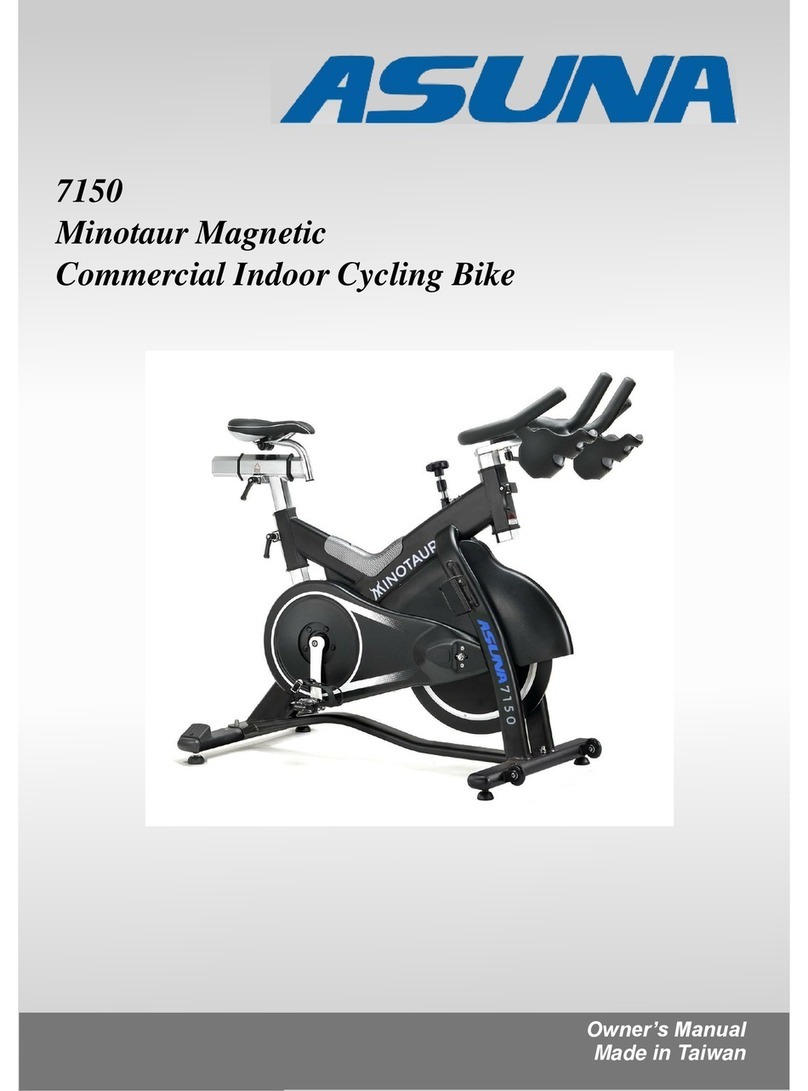IMPORTANT SAFETY INFORMATION
We thank you for choosing our product. To ensure your safety and health, please use this
equipment correctly. It is important to read this entire manual before assembling and using
the equipment. Safe and effective use can only be achieved if the equipment is
assembled, maintained, and used properly. It is your responsibility to ensure that all users
of the equipment are informed of all warnings and precautions.
1. Before starting any exercise program you should consult your physician to determine if
you have any medical or physical conditions that could put your health and safety at
risk or prevent you from using the equipment properly. Your physician’s advice is
essential if you are taking medication that affects your heart rate, blood pressure, or
cholesterol level.
2. Be aware of your body’s signals. Improper or excessive exercise can damage your
health. Stop exercising if you experience any of the following symptoms: pain, tightness
in your chest, irregular heartbeat, extreme shortness of breath, lightheadedness,
dizziness or feelings of nausea. If you do experience any of these conditions, you
should consult your physician before continuing with your exercise program.
3. Keep children and pets away from the equipment. The equipment is designed for adult
use only.
4. Use the equipment on a solid, flat level surface with a protective cover for your floor or
carpet. To ensure safety, the equipment should have at least 2 feet of free space all
around it.
5. Ensure that all nuts and bolts are securely tightened before using the equipment. Safe
usage of your equipment can only be assured if it is regularly examined for damage
and/or wear and tear.
6. It is recommended that you lubricate all moving parts on a monthly basis.
7. Always use the equipment as indicated. If you find any defective components while
assembling or checking the equipment or if you hear any abnormal noises coming from
the equipment during exercise, stop using the equipment immediately and don’t use
the equipment until the problem has been rectified.
8. Wear suitable clothing while using the equipment. Avoid wearing loose clothing that
may become entangled in the equipment.
9. Do not place fingers or objects into the moving parts of the exercise equipment.
10. The maximum weight capacity of this unit is 300 pounds.
11. This equipment is not suitable for therapeutic use.
12. Move with caution when lifting and moving the equipment. Always use proper lifting
technique and seek assistance if necessary.
13. This bike is intended for indoor use only.


































